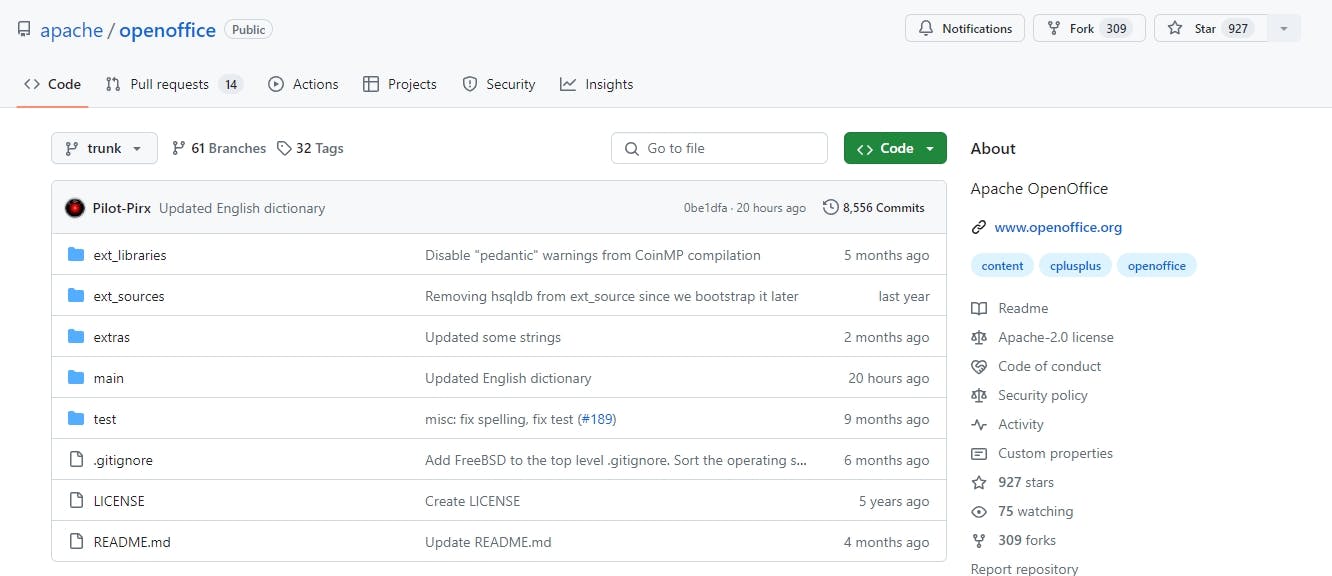
2024-9-26 23:3:47 Author: hackernoon.com(查看原文) 阅读量:4 收藏
In the crypto world, open-source is often heard or written along with ‘decentralized’ in many applications and ecosystems. Maybe you’ve interpreted it as if they’re free to use, and/or using cryptocurrency somehow. That’s not exactly the case, though. Open-source is a thing, and decentralized is another. Cryptocurrencies are also a separate item. They can converge, but they also imply different features.
Let’s start with open-source. This one refers to software whose source code is available to check by anyone.
On the other hand, a piece of software (including cryptocurrencies) could be open-source, but not decentralized. In this context, decentralized software is the one that operates on multiple nodes without a single central authority. Instead, it relies on a network of independent nodes or computers to manage and verify transactions or operations. Ideally, it should be built to resist external censorship and manipulation, even by their own creators or any other actors.
Only Open-Source
Open-source software, like OpenOffice or Firefox, offers a lot of flexibility and transparency because its source code is freely available —and it’s often free for users. Everyone with coding knowledge can participate to improve, customize, that particular application. For example, if you’re skilled in programming, you can read the code and tweak
Programmers collaborate on open-source projects using repositories like GitHub, where they can contribute code, track changes, and discuss improvements. However, being open-source but not decentralized means OpenOffice and Firefox still relies on a central authority or a specific organization for development and updates. This centralization can limit how changes are made and who controls the direction of the software.
While it’s true that open-source software allows for forks—where anyone can copy the code and create their own version—a single entity in a centralized system still holds significant influence over the original project. Forks give developers the freedom to diverge and innovate independently, but the original software’s central authority often retains the majority of the community and user base. This means the controlling entity can still guide the direction of the most popular version, while forks may struggle to gain traction or support unless they offer substantial improvements or cater to specific needs.
In decentralized ecosystems, despite the control of the code still being in the hands of a group of main developers, forks often gain significant traction because the community, not a central authority, decides which version of the project aligns better with their goals and values.
This can also apply to all open-source forks, not just in decentralized-like systems, but the main difference relies on the network, which is distributed among many parties. Thanks to that, the forked versions can often gain even more independence and traction because the network effects are distributed. This makes it easier for alternative versions to thrive as entirely new ecosystems, sometimes creating parallel projects rather than just alternative software versions.
For example, Ethereum Classic (ETC) forked from Ethereum (ETH) after a disagreement over how to handle a major hack. While Ethereum went on to reverse the hack, Ethereum Classic retained the original, "immutable" chain. Both versions attracted their own communities based on differing beliefs about decentralization and chain integrity.
Open-Source & Decentralized
Open-source software that also enables a decentralized network combines three powerful features: transparency, collaboration, and distributed control. When software is both open-source and decentralization-focused, it means the source code is freely available for anyone to view and modify, while also operating on a network without a central authority. This approach offers several benefits.
For instance, cryptocurrencies like Bitcoin
Users benefit from increased transparency, as they can see exactly how the software operates, and greater control, as the software was made to be censorship-resistant and ultimate decisions are made collectively by the community of miners in the case of Bitcoin, or by users themselves in the case of Obyte, rather than a central authority, be it a company, or any other organization.
Now, even if most decentralization-focused software, like cryptocurrencies,
More Decentralization
Of course, there are some pieces of software that aim to decentralize systems more than others, and this applies to crypto-ecosystems as well. Cryptocurrencies vary in their level of decentralization based on their underlying technology and governance. Some, like Bitcoin, rely on a large network of miners who create blocks and full nodes who validate transactions and secure the system. However, the degree of decentralization can be influenced by factors like the concentration of mining power or the control exerted by a few major entities.
This design removes the need for middlemen, which means there’s no single point of control or failure. It makes the system more resilient to censorship and manipulation, as power is really distributed across the network. With no central authority or powerful parties to influence, Obyte ensures that transactions are never blocked, promoting a truly decentralized and censorship-resistant environment.
Featured Vector Image by vectorjuice /
如有侵权请联系:admin#unsafe.sh

